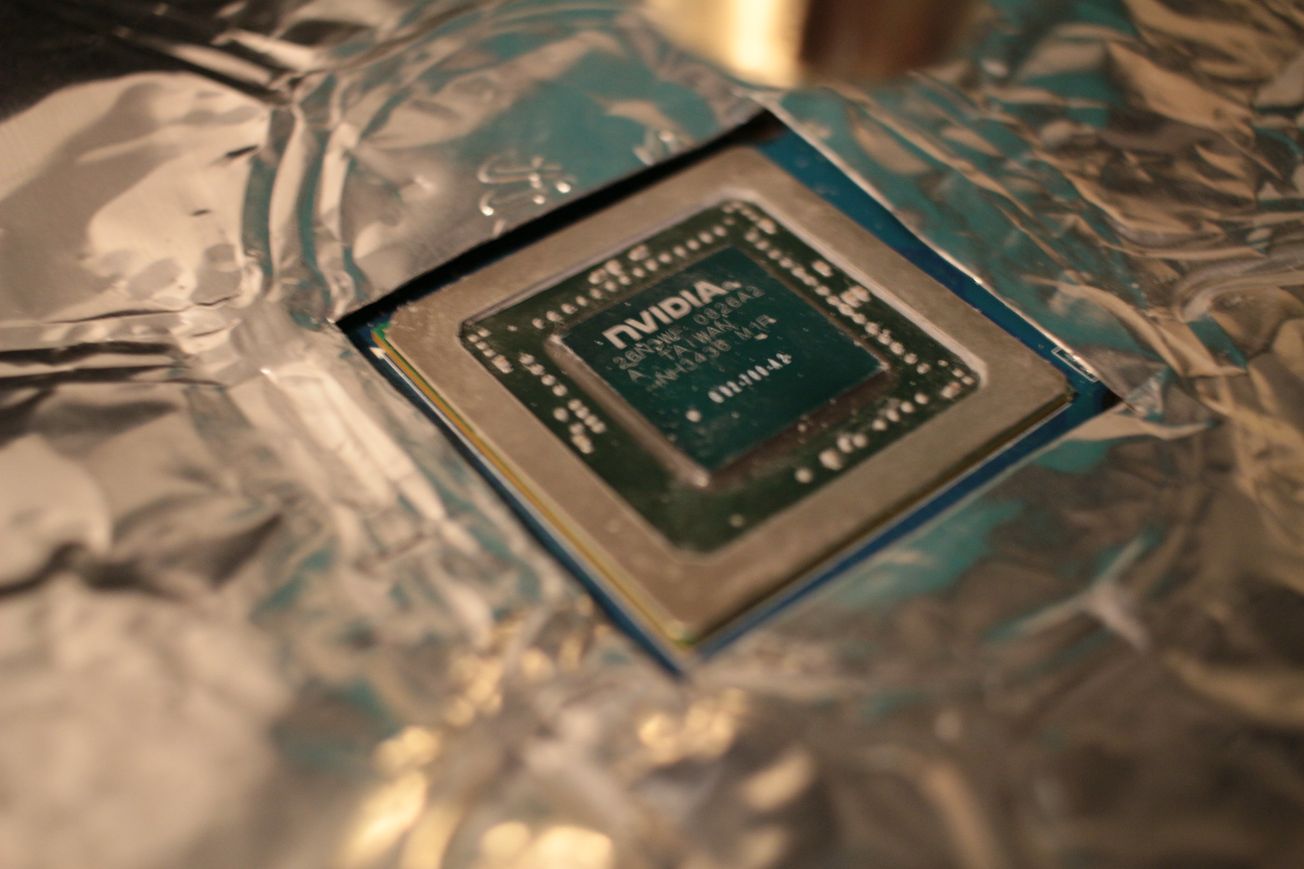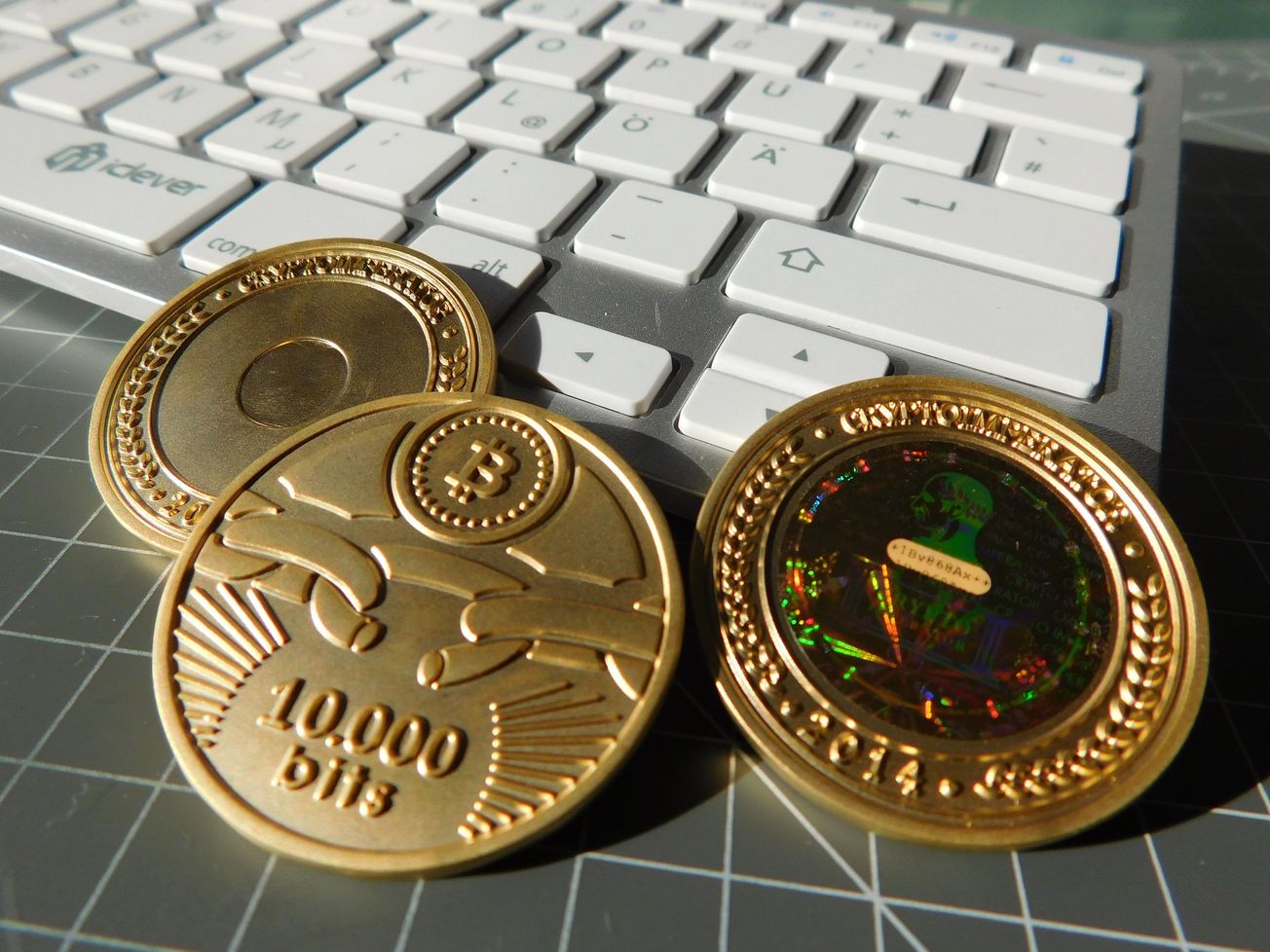With the release of Nvidia's RTX 4090 GPUs on the horizon, everyone is wondering if (a) we'll actually be able to buy one, or (b) prices will be artificially inflated like they have been for all previous GPU launches. The answer to the first question will not be known until the day of release, but the second question, regarding pricing, may be known immediately. The prices for the many RTX 4090s that have appeared on Newegg so far are surprisingly reasonable.
When releasing new GPUs, Nvidia frequently undercuts its competitors. Its Founder's Edition cards are the first to market, and they have always been cheaper than add-in board (AIB) prices. Then, after a short delay (a few weeks), the AIB boards release their own versions, which are typically more expensive than Nvidia's cards. Because of their unique design, superior cooling systems, and PCBs, etc. This allows Nvidia to get a head start and potentially attract more customers. At least, it doesn't appear to be the case right now. Nvidia set the price of the RTX 4090 at $1,599, and on Newegg you can find some partner boards listed for... $1,599. That's the first time it's happened, and it's a good sign that the days of GPU price gouging are numbered. Previously, a GPU with such a high price tag wouldn't have been available until it was at least $1,999.

However, this still doesn't address the issue of how simple it will be to hit "buy now." Even now, the bash could be ruined by robots. As was the case previously, Nvidia Founder's Edition cards will be sold exclusively through Best Buy, while AIB boards will be made available exclusively through the company's online store. There are rumors, however, that supply won't be a problem this time around. The reason for this is that Nvidia ordered wafers from TSMC back when GPUs were in short supply and crypto mining was still popular. For fear of failure in this climate, it reportedly asked TSMC to delay wafer deliveries by a quarter or cut back on its wafer orders. According to rumors, TSMC said no, but Nvidia went ahead with the launch anyway. The number of GPUs ordered by Nvidia's partners is very high. Since everything has changed, the current demand is a mystery.
The RTX 4090 had positive reviews but the recent price drop meant that many gamers had already upgraded to 30-series GPUs. As a result, many players can put off upgrading for the time being. They will probably be waiting on the sidelines for this launch. The cheaper RTX 4080 GPUs were widely panned for having inferior specifications and being too expensive. The 12GB card's narrow 192-bit memory bus was singled out as a major point of contention; such a small memory interface is simply not seen on a GPU costing $899. The success of those GPUs in competition with the RTX 3080 and 3070 will determine how much of a market they can expect to capture. In addition, it appears that the major selling point is the performance boosts provided by DLSS 3, which is currently only available for 35 games. Also, for the time being, it's only available on GPUs in the 40-series.
The fact that AIBs are selling RTX 4090s at the same price as Nvidia's cards is encouraging. Overclocked models with massive coolers do command higher prices, but it looks like we have some good choices. It remains to be seen if that remains true come October 12th, when they officially go on sale. Anyone on the fence about making an upgrade should probably wait until after November 3, when AMD unveils its RDNA3 graphics processing units. If the performance claims about the cards are accurate, that could have an effect on Nvidia's stock price. The 40-series leaks, after all, proved to be spot on. The ones that were published closer to the launch date, at least, were spot on. If that trend continues for AMD's graphics processing units, a classic GPU price war may be on the horizon.









